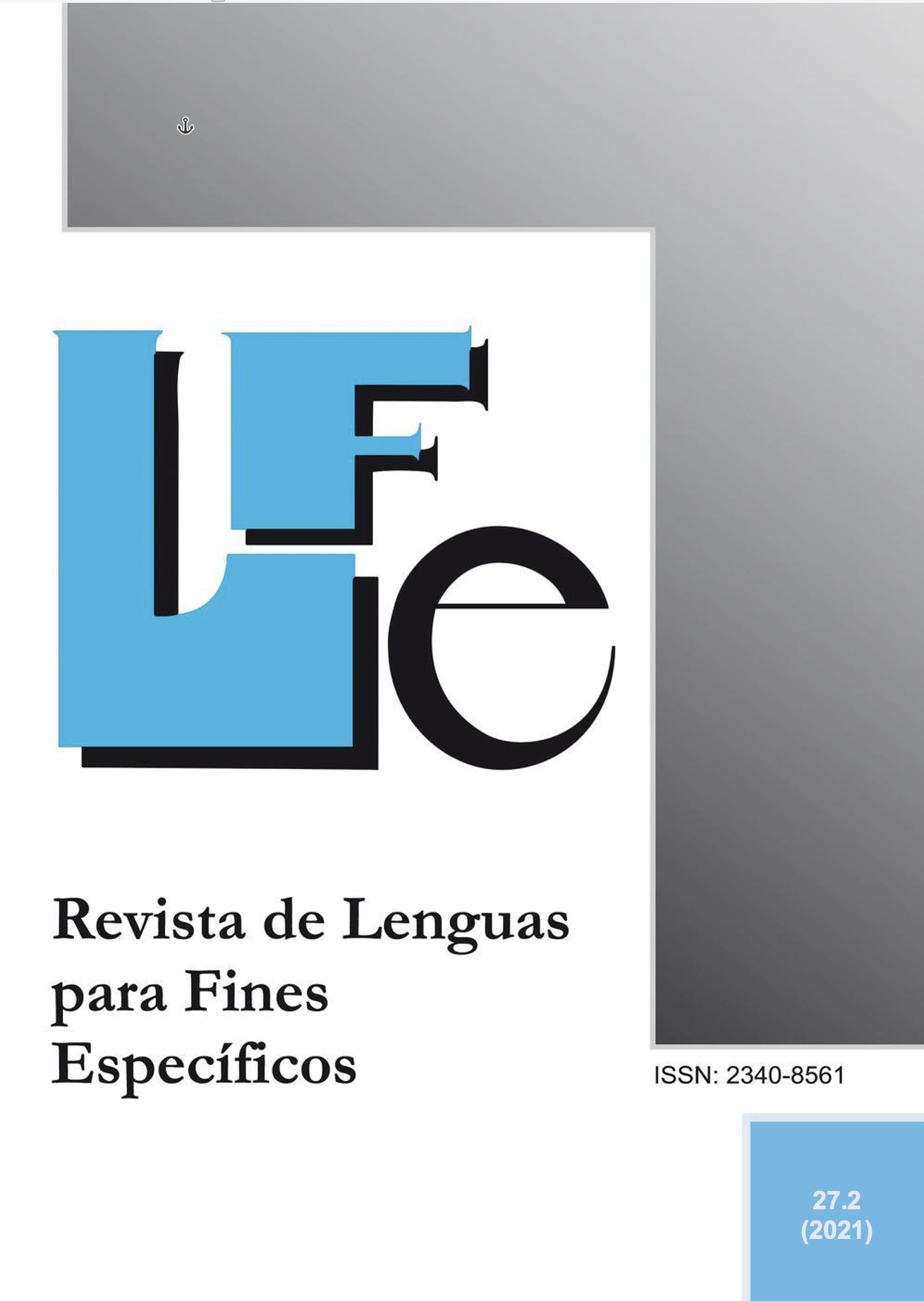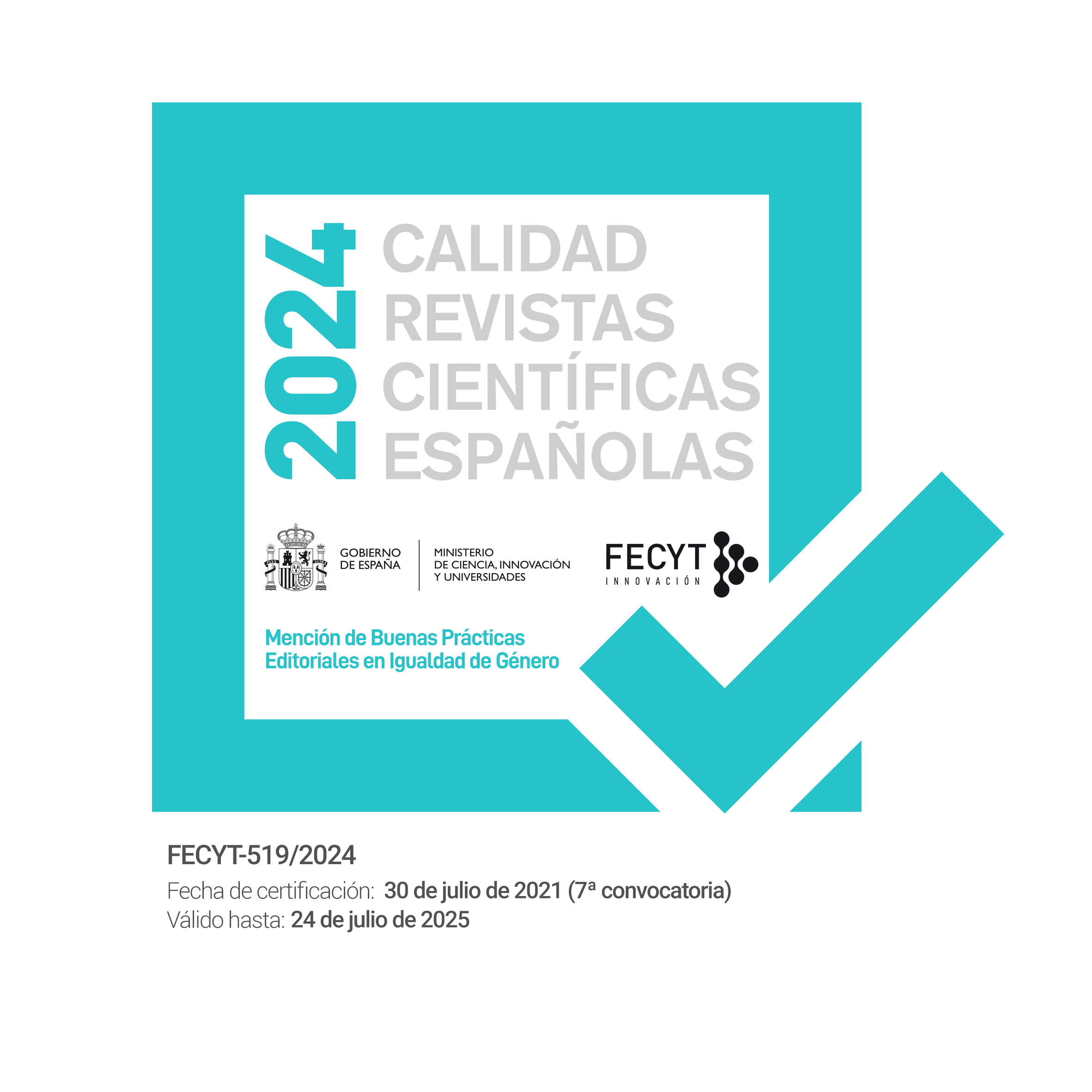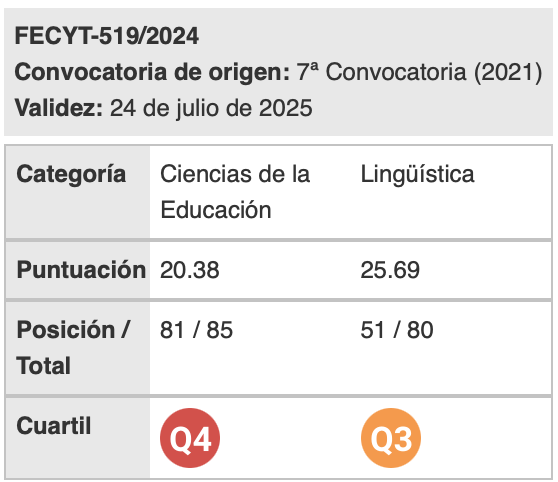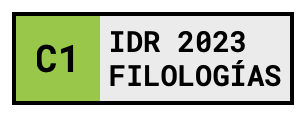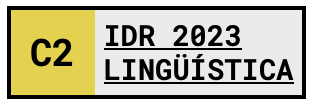The “information leaflet” as a complement to the English for Law materials bank: from diversity to specificity
Keywords:
English for law, textbooks and manuals, information leaflet, materials bankAbstract
This work is based on the dual concept of Candlin et al’s (2002) English for Law materials bank and Jones’s (1990) information leaflet. To this end, an information leaflet model is presented and applied to a sample of eleven manuals (ten textbooks and one Legal English manual), the overall analysis of which completes the model. The selection of the manuals is synchronic and diachronic in nature in terms of Candlin et al’s (2002) and Prinsloo’s (2015) studies: it includes manuals not covered by these studies (Brieger, 2002; Krois-Lindner et al, 2008; Widdowson, 2010; Mason, 2011; Krois-Lindner & Translegal (20112); Mason, 2012 and Hewetson, 2013), manuals published after the latest included in the afore-mentioned study (Davies, 2017), and manuals written in Spanish (Fernández & Almendárez 1994; Alejos, 2004; and Alcaraz Varó, 20076). In the light of the above, it is concluded that, on the one hand, the information leaflet is a valuable tool that complements the bank of materials as it promotes the selection of texts, documents, linguistic features of legal English, and activities; and, on the other, that Spanish publications constitute a useful complement to the range of manuals in the field of English for Law.
Downloads
References
Candlin, C., Bhatia, V., Jensen, C. y Langton, N. (2002). Developing legal writing materials for English second language learners: problems and perspectives. English for Specific Purposes, 21(4), 299-330. https://sci-hub.st/10.1016/s0889-4906(01)00029-1.
Carrick, K. y Dunn, D. (1985). Legal writing: an evaluation of the textbook literature. New York Law School Law Review, 30, 645-675.
Cunningsworth, A. (1995). Choosing Your Coursebook. Heinemann.
Dudley-Evans, T. y St John, M. (1998). Developments in English for Specific Purposes. Cambridge University Press.
Ellis, R. (1997). SLA Research and Language Teaching. Oxford University Press.
Ellis, R. (2020). Using tasks in language teaching. https://www.youtube.com/watch?v=jsBTQgE8uhw.
Hutchinson, T. y Waters, A. (1984). How communicative is ESP? ELT Journal, 38, 108-113.
Jones, G. (1990). ESP textbooks: Do they really exist? English for Specific Purposes, 9, 89-93. https://sci-hub.st/10.1016/0889-4906(90)90030-g.
Northcott, J. (2009). Teaching legal English: contexts and cases. https://www.researchgate.net/publication/310793173_Teaching_le
gal_English_Contexts_and_cases.
Phillips, M., y Shettlesworth, C. (1978). How to ARM your students: A consideration of two approaches to providing materials for ESP. ELT Documents,101, 23-29.
Prinsloo, C. (2015). English for Academic Legal Purposes: Texbook tipologies that inform legal English pedagogy. International Journal of Legal English, 3(1), 4-26. https://www.academia.edu/28037902/English_for_Academic_Legal_Purposes_Textbook
_Typologies_that_Inform_Legal_English_Pedagogy.
Robinson, P. (1980). ESP (English for Specific Purposes). Pergamon Press.
Manuales de la muestra
(A) Alcaraz Varó, E. (20076). El inglés jurídico. Textos y documentos. Ariel.
(3) Alejos, M. (2004). English for Law: An Introduction to Legal English. Universidad Juan Carlos I.
(2) Brieger, N. (2002). Test your Professional English. Law. Penguin English Guides.
(10) Davies, M. (2017). Legal English Language Skills for Lawyers. A Practical Guide to Working in English for Legal Professionals. Amazon Digital Services LLC.
(1) Fernández, R. y Almendárez, I. (1994). A Guide to Legal English. Inglés para juristas. Síntesis.
(9) Hewetson, C. (2013). Listenings for Professional Legal English. Toles.
(4) Krois-Lindner, A., Firth, M. y Translegal. (2008). Introduction to International Legal English. A Course for Classroom or Self-Study Use. (Libro del alumno con 2 CDs). Cambridge University Press.
(6) Krois-Lindner, A. y Translegal (20112). International Legal English. A Course for Classroom or Self-Study Use. Cambridge University Press.
(7) Mason, C. (2011). The Lawyer’s English Coursebook. Global Legal English LTD.
(8) Mason, C. (2012). An Essential A-Z of Business Law. An Introduction to Legal Vocabulary for Beginner to Intermediate-Level Learners of Legal English. Toles.
(5) Widdowson, A. (2010). Market Leader. Business Law. Pearson-Longman.
Downloads
Published
How to Cite
Issue
Section
License
Authors who publish with this journal agree to the following terms:
- Authors retain copyright and grant the journal right of first publication with the work simultaneously licensed under a Creative Commons Attribution License that allows others to share the work with an acknowledgement of the work's authorship and initial publication in this journal.
- Authors are able to enter into separate, additional contractual arrangements for the non-exclusive distribution of the journal's published version of the work (e.g., post it to an institutional repository or publish it in a book), with an acknowledgement of its initial publication in this journal.
- Authors are permitted and encouraged to post their work online (e.g., in institutional repositories or on their website) prior to and during the submission process, as it can lead to productive exchanges, as well as earlier and greater citation of published work (See The Effect of Open Access).

Revista de Lenguas para fines específicos is licensed under a Creative Commons Reconocimiento-NoComercial-SinObraDerivada 4.0 Internacional License.

